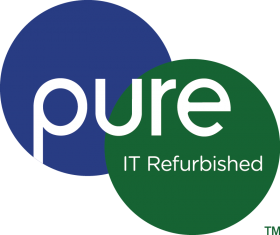As we highlighted in our previous post, when it comes to everyday office and home use, there are little to no performance benefits between the latest i5 or i7 spec processors and mid- to high-end six-year-old processors.
So if the processor doesn’t make a difference to performance, what does? Well, we’ve seen two technology improvements which have generated visible results in everyday office and home use.
Over the last ten years, the introduction of Solid State Hard Drives (SSDs) has seen the single biggest increase in PC and laptop performance. The obvious difference in everyday performance between an SSD drive and a conventional hard drive is significant, more so than any processor gains or increases in RAM size. This is because the speed information is processed by your computer or laptop’s processor, and RAM is so much faster than the speed this information can be accessed from your hard drive. With SSD drives, this difference in speed is vastly reduced, which means information stored on your order drive can be accessed much faster.
Though less significant, the other clear gain is faster Double Data Rate (DDR) 3 RAM. Yes it’s not always the amount of RAM you have, but the speed of it that makes a difference.
What does RAM actually do, we hear you say? Simply put, your hard drive permanently stores all your programs and files but, as we said before, accessing information from your hard drive is very slow. That’s where RAM steps in to temporarily store all your open files, programs and even Windows itself. The amount of RAM you have defines how many files and programs you can have open at any one time. However, just like the hard drive’s transfer rate, the speed of the RAM determines how quickly programs run. Most programs use so little information that even older DDR2 RAM has no problem sending the information as quickly as you need it. That said, for larger files or when you have lots of large files being used at the same time, you’d benefit from the faster DDR3 RAM.
Look out for our next blog, when we look at what you need to consider when buying a business desktop or laptop.







